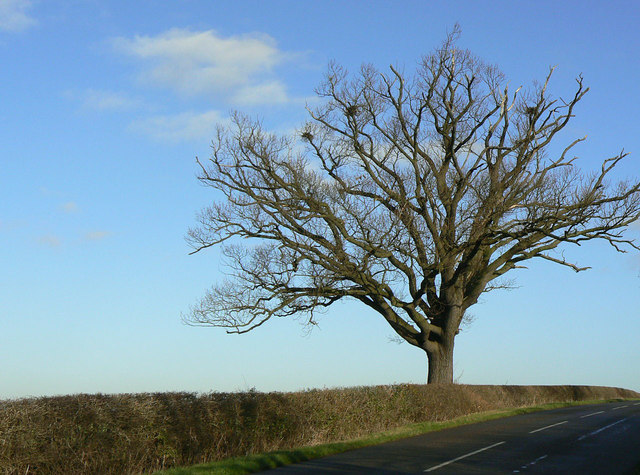Landscapes are often replete with trees, many of which flourish, expanding outwards as they develop. But there are occasions when a tree can become stressed, resulting in its decline. The following examines how to diagnose a weak or dying tree, and what can be done to improve tree health.
Symptoms of a Weak or Dying Tree
Trees display a number of common symptoms when they are stressed. When diagnosing a tree, these are some of the signs to look for:
- Trees that lean to one side, or exhibit poor branch structure are more susceptible to limb failure. They can also be uprooted by heavy winds, and inclement weather. Trees generally develop structural defects as the result of storm damage, shallow root systems, and improper pruning.
- Wood decay is a disease that commonly afflicts trees. It causes trees to rot from within, gradually consuming their woody tissue. Symptoms of decay include the appearance of large fungi on the trunk or branch of the tree, a swelling of the base, foliar dieback, and dry, brittle bark that tears away easily.
- Narrow branch unions are branches that have established weak attachments to the stem. These types of branches often form included bark, and are prone to failure. If a tree has produced an abundance of weakly attached branches, it can indicate that the tree is stressed.
- Healthy trees have soft, pliable bark that is evenly distributed over the tree’s entire surface. As trees mature, they shed old bark, replacing it with a fresh layer. When a tree is in a weakened state, its bark becomes dry and brittle, often cracking or flaking off. The bark will then fail to regenerate, exposing the tree to possible infestation from insects, and diseases.
- Cracks or seams that form in the trunk, and become too deep, can compromise the tree’s structural integrity, and impact its branches, causing them to die back. They also attract insects and diseases.
- Dying trees often experience excessive leaf drop during the spring or summer. Leaves that remain attached, but become shriveled and discolored before the fall are another indication of illness. Dead branches that are relegated to one side of a tree can indicate significant trunk and root damage.
- Damaged or shallow root systems can cause trees to lean to one side, increasing the potential for tree or limb failure. They also inhibit proper water and nutrient absorption, which encourages small branches called epicormic sprouts to emerge from the trunk and branches of the tree. Epicormic sprouts often form weak branch unions, and are prone to failure. Damage to root systems is generally influenced by construction activities, lawn maintenance, exposure to the elements, and soil compaction.
- Cankers are sections of dead bark on a tree. The affected area typically has a sunken appearance. Bark can be damaged through improper pruning, mechanical injuries, and tree pathogens – especially bacteria or fungi, which infects the tree through an open wound.
- Deadwood is characterized as any section of the tree that is dead. Branches with deadwood are usually brittle, and susceptible to breaking or snapping.
How to Improve Tree Health
These are some of the most effective ways to improve a tree’s health.
Keep Trees Well Hydrated:
Ensure that trees are sufficiently watered. Trees that are watered infrequently tend to become stressed. This discourages growth, and increases the tree’s susceptibility to insects and diseases.
Proper Mulching:
Apply a layer of organic mulch around the base of the tree. This will improve soil quality, and reduce soil moisture loss. Avoid excessive mulching, as too much can smother the root system. Pull back any mulch that has been piled up near the trunk of the tree. This will prevent decay, while inhibiting insects and certain plant diseases.
Proper Pruning:
Use proper pruning techniques to maintain the health and structural integrity of trees. Remove any broken, dead, diseased, or decaying branches. Isolate any diseased branches, and safely dispose of the wood. Sterilize any shears, blades, or saws used to cut away the diseased branches. Avoid pruning practices such as flush cutting, tree topping, and lion’s tailing. These compromise a tree’s natural structure, resulting in significant foliar loss.
Remove Dead Trees:
Dead trees are hazardous, and prone to failure. Dead trees should be removed as soon as possible to prevent injury to landscapes or pedestrians.
Image courtesy of Alan Murray-Rust


